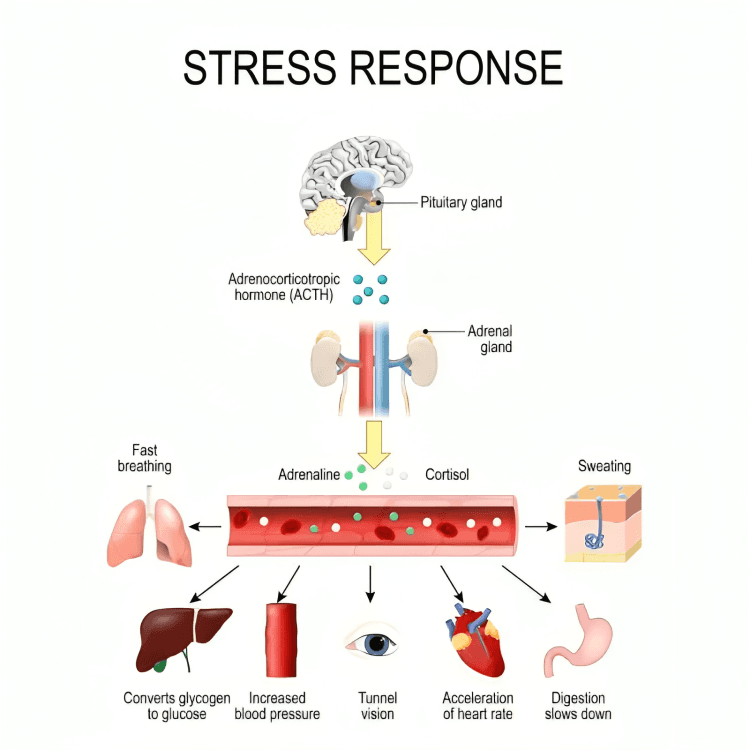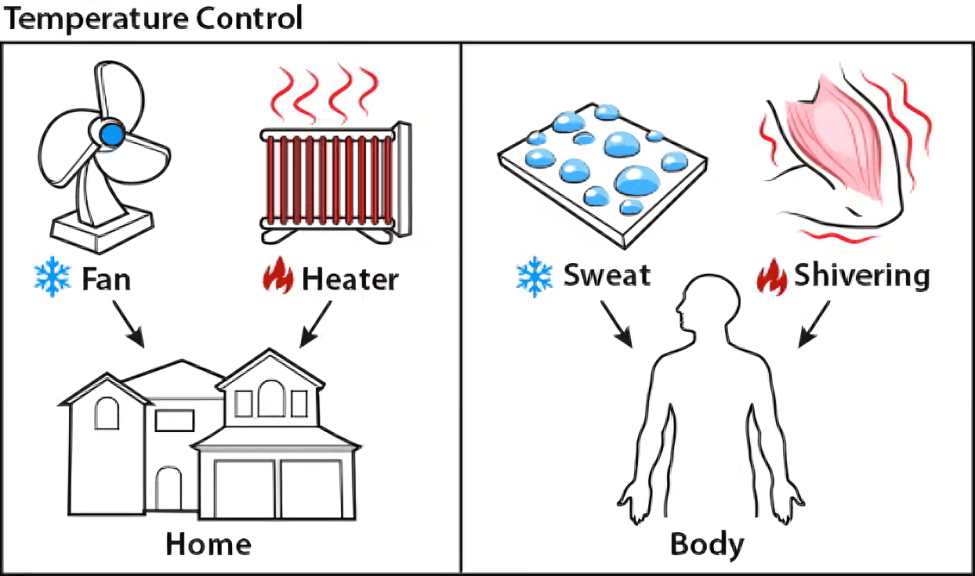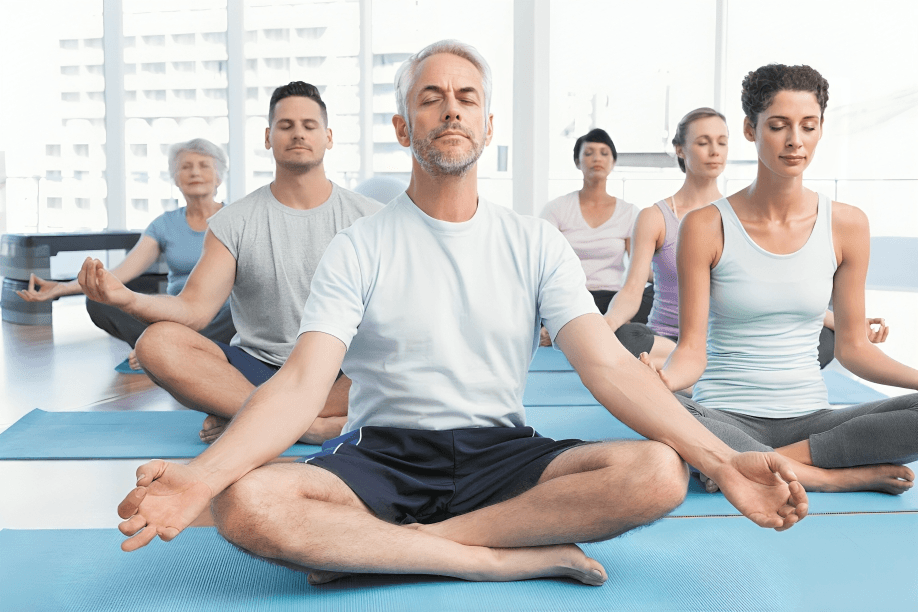
“
The autonomic nervous system connection plays a central role in regulating involuntary body functions such as heart rate, digestion, and breathing. It works seamlessly with the brain, especially the hypothalamus, to maintain balance in the body’s internal environment—a process called homeostasis. 1
1
”
The system’s two branches operate like opposites—one activates energy and alertness, and the other promotes rest and digestion. This balance keeps your body prepared for action but also allows time to recover.1
A region deep in the brain oversees many automatic responses, receiving input from hormones, blood chemistry, and body temperature to adjust various unconscious activities across organs. 2

In emergencies, adrenaline surges from nearby glands, quickening the heart, dilating pupils, and boosting glucose for energy, while slowing digestion and other less urgent processes for immediate survival.
Restful states are encouraged by a calming branch that reduces heart rate, increases stomach activity, and promotes healing—ideal for sleep, recovery, and general repair of internal functions.3
Automatic adjustments are based on constant feedback from sensors inside arteries and organs, allowing seamless regulation of heart rate, pressure, and fluid balance throughout the day and night.4
When you're startled, this system boosts muscle readiness, tightens blood vessels, and halts digestion. This reaction, known as “fight or flight,” happens before you’re even aware of the danger.5
One nerve connects the brain to major organs like the lungs, heart, and intestines. It carries both calming signals and sensory information back, helping maintain inner stability. 6
Deep breathing can influence nerve signals by activating the calming branch, slowing the heart, and shifting the body away from stress mode into a more relaxed and controlled state.7
During deep sleep, the heart rate drops and digestion increases, regulated without any conscious thought. This restful pattern is critical for physical recovery and emotional balance each night.8

Temperature is regulated by sweating or shivering depending on external conditions, controlled by central sensors that trigger changes in blood flow and skin moisture without deliberate action.
Hormonal responses rely on signals from this system, triggering the release of chemicals that raise alertness, strengthen heartbeat, or improve breathing when needed quickly by the body. 9
Long-term stress can overload the system, leaving it in high-alert mode for too long. This overactivation may increase the risk of high blood pressure, fatigue, and even poor digestion. 10
Techniques like meditation and visualization can strengthen control over functions once thought uncontrollable, such as slowing the heart or reducing sweating under pressure. 11
Emotional experiences influence physical sensations—feeling nervous can tighten the stomach, or excitement can make your heart race—showing a close link between mood and body reactions. 12
People with diabetes may experience damage to autonomic nerves, affecting stomach emptying, heart rhythm, or bladder control, especially if blood sugar remains uncontrolled over time. 13

Regular meditation improves stress resilience by enhancing rest signals and reducing pressure in arteries, leading to better heart function, emotional calm, and improved breathing patterns.
Your body adjusts blood flow automatically when you stand up or lie down, preventing dizziness or fainting. Disruption in this ability can result in orthostatic hypotension or fatigue. 14
Some medicines mimic or block nerve signals to treat diseases. Beta-blockers slow the heart, while other drugs reduce gland activity or help relieve symptoms like excess saliva or cramps. 15
The body cools itself by widening blood vessels near the skin and increasing sweat, especially in heat. This response works silently in the background to protect against overheating. 16
René Descartes believed the mind and body were separate but connected. His theories helped spark centuries of research into how thoughts and physical states are tied through internal communication. 17


